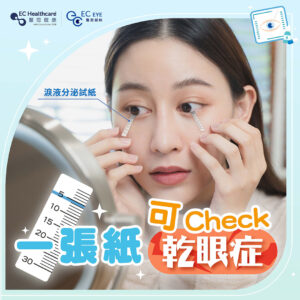

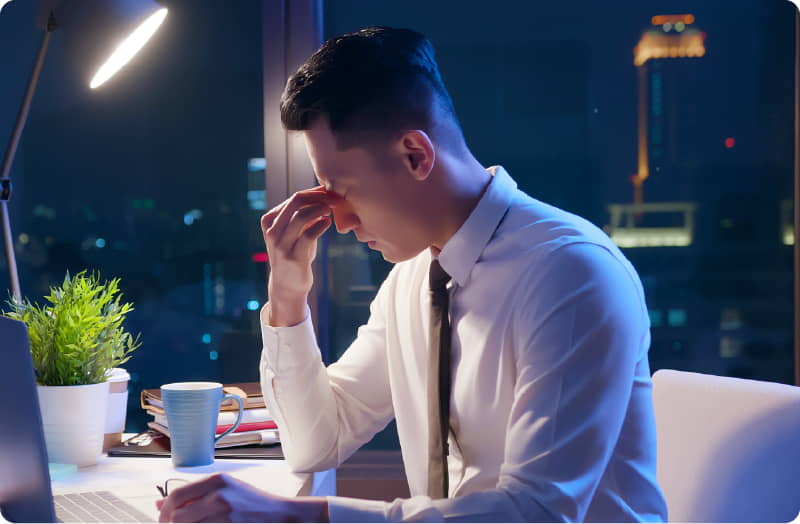
乾眼症
乾眼症(也被稱為乾眼病)是全球最常見的眼部病症之一。 根據《全球衛生雜誌》¹ 的研究報告表示,在全球乾眼症的患病率可高達50%。乾眼症成因包括:長時間使用電腦子產品、配戴隱形眼鏡、年齡增長、荷爾蒙影響、服用某些藥物、外在環境等。若發現有眼睛持續乾澀、眼癢、畏光等症狀,如果置之不理有可能令眼角膜磨損,造成炎症同潰瘍,出現視力下降,嚴重患者甚至會導致失明。我們醫思乾眼症中心的眼科醫生提供檢查、 IPL 強脈衝光治療、iTEAR 自身淚液促進儀等治療。
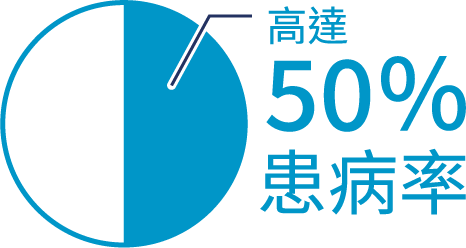
資料來源:1.香港中文大學眼科及視覺科學
資料來源:1.香港中文大學眼科及視覺科學
乾眼症是當眼睛淚液分泌產量不足或淚液過度蒸發,造成眼球表面無法保持潤滑而眼睛乾澀。
眼球表面淚液層分為三層:油脂層、水液層、黏液層
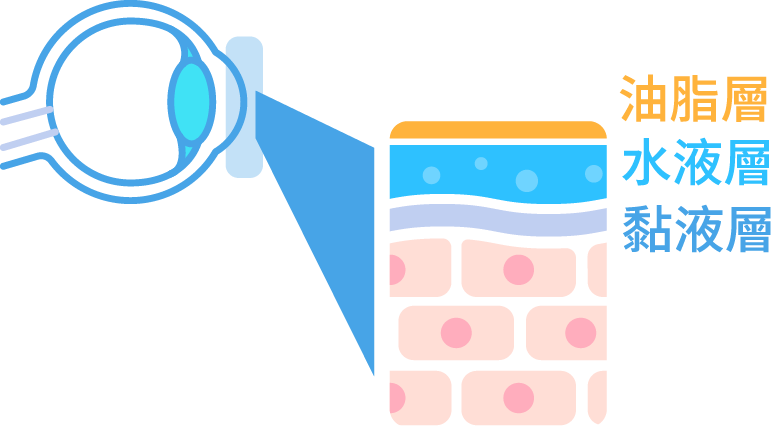
如果其中一層分泌不足,有可能會引發乾眼症,眼睛會感覺乾澀、有異物感或眼痛。
乾眼症類別

如果淚腺受到破壞、功能退化或異常,淚水會分泌不足,造成「缺水型」乾眼症,例如年齡增長,長者及更年期的婦女 (受荷爾蒙影響)淚水分泌相對變得更少或有自體免疫性疾病。
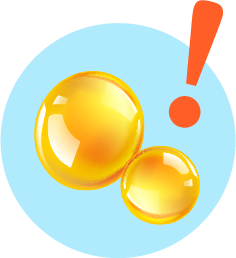
「瞼板腺功能障礙」是「缺油型」主要原因,睫毛根部的瞼板腺負責分泌油脂,形成淚膜中的脂質層,可減緩淚膜水液層的揮發。當瞼板腺分泌出現異常,淚液缺少脂質層,水分會快速蒸發,造成「缺油型」乾眼症。
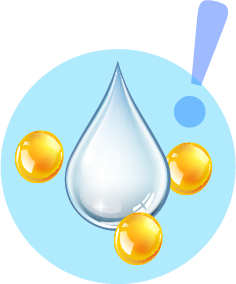
很多患者屬於「混合型」乾眼症,即是淚水分泌不足(缺水)及淚液蒸發太快(缺油)兩者症狀並存。
乾眼症成因
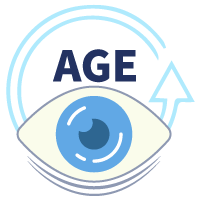
年齡增長
人體淚水分泌功能會隨著年齡增長而逐漸退化,是乾眼症主要成因之一

荷爾蒙影響
停經後的更年期女性比同齡的男性更容易出現乾眼症。

免疫系統疾病患者
例如糖尿病、甲狀腺相關疾病、狼瘡、類風濕關節炎和乾燥綜合症等。
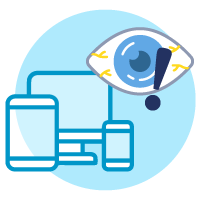
長時間使用電腦子產品
眨眼次數較少且沒有那麼頻繁,導致淚液蒸發。
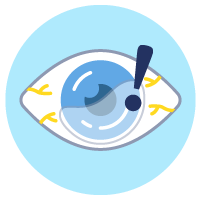
長時間配戴隱形眼鏡
令角膜表面敏感度變低及角膜缺氧, 減少淚水分泌,容易衍生乾眼症。

外在環境
乾旱氣候或戶外多風、室內冷氣、暖氣等可降低濕度和加速眼淚蒸發。

服用藥物
例如抗組織胺藥、抗抑鬱藥、某些降壓藥和避孕藥等都增加乾眼症的風險。
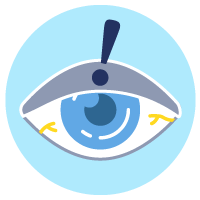
眼瞼問題
眨眼或睡覺時眼瞼閉合不完全,可以導致嚴重乾眼。

白內障手術/激光矯視手術
因要從角膜開刀造成傷口或切斷了角膜的神經線,使角膜表面敏感度變低,淚水分泌變少。
乾眼症症狀
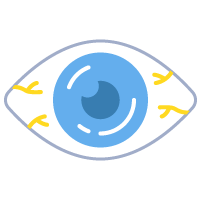
眼睛持續乾澀
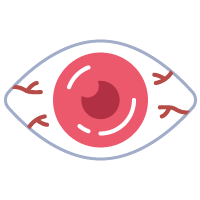
眼紅
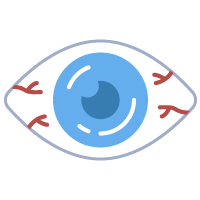
眼癢
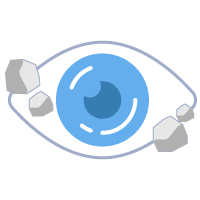
異物感
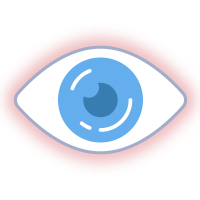
疼痛、酸痛

灼熱感
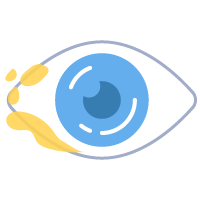
分泌物黏稠
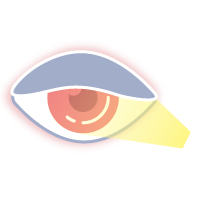
對光敏感(畏光)
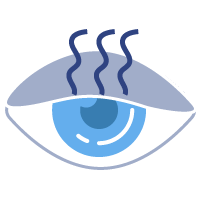
眼睛疲倦
嚴重者:出現紅腫、充血、角質化、角膜上皮破皮等情況
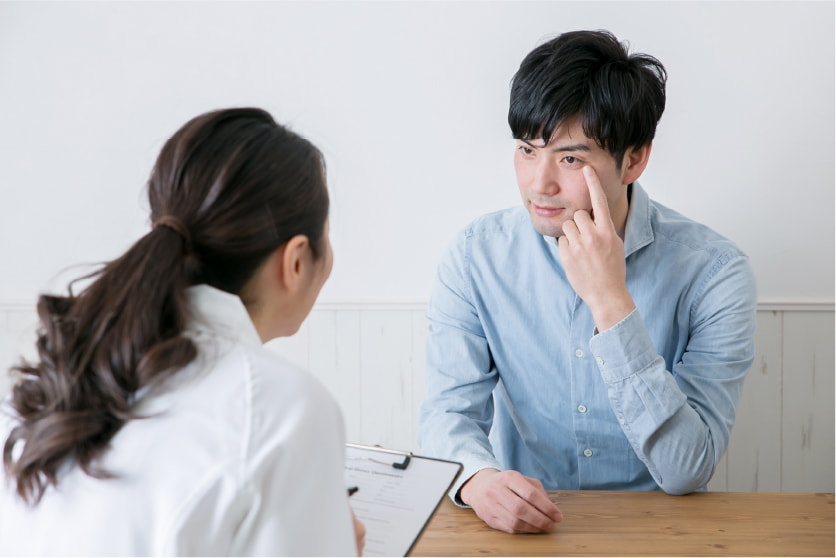
乾眼症檢查方法
利用檢查儀器以多種不同測試和測量來分析眼表並診斷乾眼症,從淚液質量到瞼板腺進行分析,
並乎合國際標準。
- 淚膜油脂層測試
- 眼皮下油脂層測試
- 淚水層破裂計時測試
- 瞼緣炎
- 淚水量高度測試
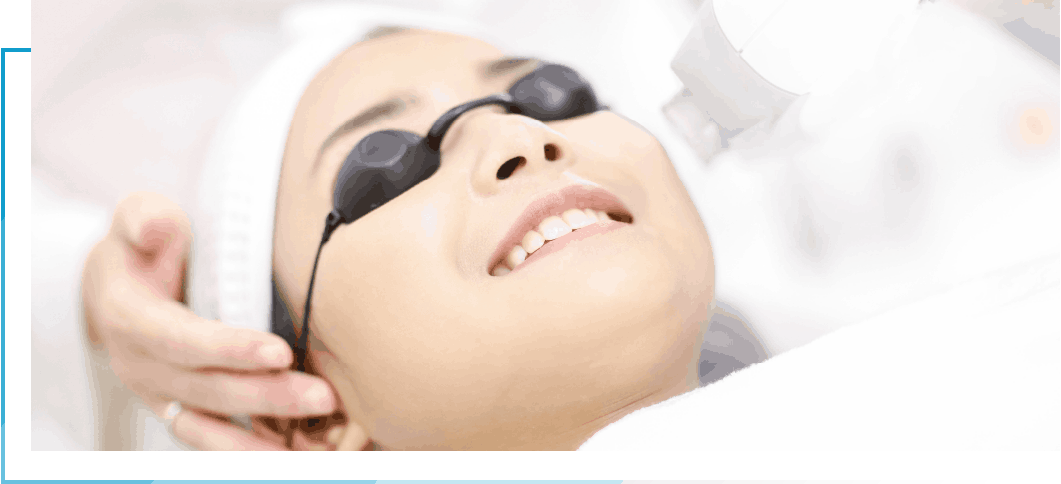
乾眼症治療
強脈衝光治療 (Intense Pulsed Light)
強脈衝光治療也被稱為彩光治療 (IPL),醫思乾眼症中心使用最新IPL技術醫治患有「瞼板腺功能障礙」乾眼症病人。強脈衝光治療利用脈衝光導致熱能效應,幫助打通堵塞的瞼板,令油脂分泌回復正常,減少淚水蒸發。
眼科醫生用手按壓病人的眼瞼板,把堵塞的油脂排出,令乾眼症治療效果更佳。彩光治療期間,病人必須戴上保護眼罩,眼科醫生亦需小心調校能量,減低風險。療程次數至少需3-4次才能最有效。
治療後注意事項
病人於治療後當天不建議駕駛,可恢復其他正常作息及生活,需要加強眼瞼清潔與熱敷,避免吃刺激性食物,並且於治療後一週內需要加強防曬。強脈衝光治療是一種無痛溫和的醫治方式,所有人都適用於此治療方式。
乾眼症是慢性疾病,多需長期接受治療,並需要患者配合去改變生活習慣。
人工淚液
使用人工淚液可減輕乾眼症狀,避免角膜傷害,維持眼球表面光滑。
人工淚液分為3類:
藥水型:眼藥水具基本保濕效果,通常一天使用4次。另有獨立包裝人工淚液,有特殊需求或每天使用超過4-6次,可依醫生建議使用,由於不含防腐劑,開封後24小時需丟棄。
凝膠型:比藥水型黏稠,保濕效果較好,可延長水分停留時間,使用後會輕微視力模糊,若擔心影響工作也可於睡前使用,但視力模糊的問題低於藥膏型。
藥膏型:藥膏型的效果最長,使用後可閉上眼睛5分鐘,轉動眼球,使分布均勻,因會造成短暫的視力模糊,建議睡前使用。
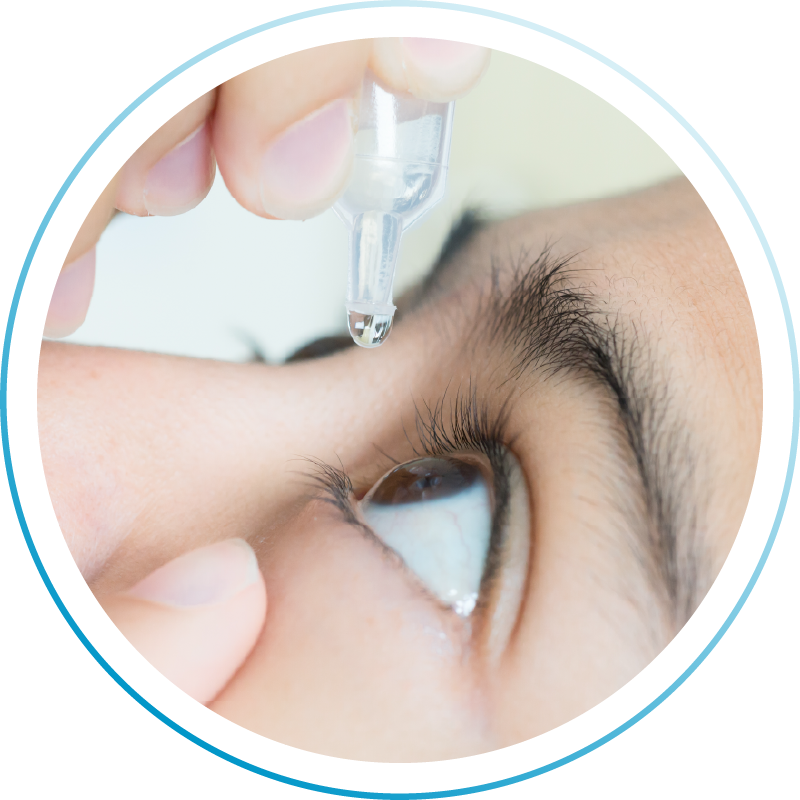
iTEAR 自身淚液促進儀
採用非入侵性振動技術,透過外鼻神經刺激,促進自身淚液分泌。查看更多有關 iTEAR 自身淚液促進儀。
產品特點:
- 回復自身淚液分泌能力
- 臨床驗證使用30日後,原生淚液分泌水平顯著提升56%[1],回復自身淚液分泌能力,真正從根源舒缓乾眼,或減少依賴眼藥水
- 提升淚膜穩定性
- 臨床驗證使用30日後,有助減慢淚水蒸發速度,提升淚膜穩定性(TBUT*+33%)1,舒缓引起角膜乾燥的眼乾症狀 * 淚膜破裂時間(TBUT = tear break up time) 是測量淚膜穩定性的直接测量方法,指一次完全瞬目(眼臉開合的動作)後到淚膜上出現第一個乾燥斑的時間
- 無藥性、無防腐劑、全天然
- 國際權威機構認可
- 國際淚膜及眼表協會[2]及FDA[3]均認可透過鼻神經刺激,有助自身淚液分泌。
用法:
- 只需將iTEAR的振頭輕輕置於鼻翼軟硬骨連接處,透過獨特振動頻率振動鼻翼,有效促進自身淚液分泌。
- 每邊鼻翼持續使用30秒,早晚使用一次
-Change of mean Schirmer score at baseline to day 30 is from 6 to 9.4mm.
-Tear break up time (TBUT) is improved from 5 to 6.7 sec in day 30.
-The mean Schirmer score changed from 6 to 28 mm after stimulation.
2 Jones L et al. Ocul Surf (2017), 15:575-628.
3 De Novo Classification Request For iTEAR100 Neurostimulator. Available at
https://www.accessdata.fda.gov/cdrh_docs/reviews/DEN190026.pdf Accessed on 19 JAN 2022.
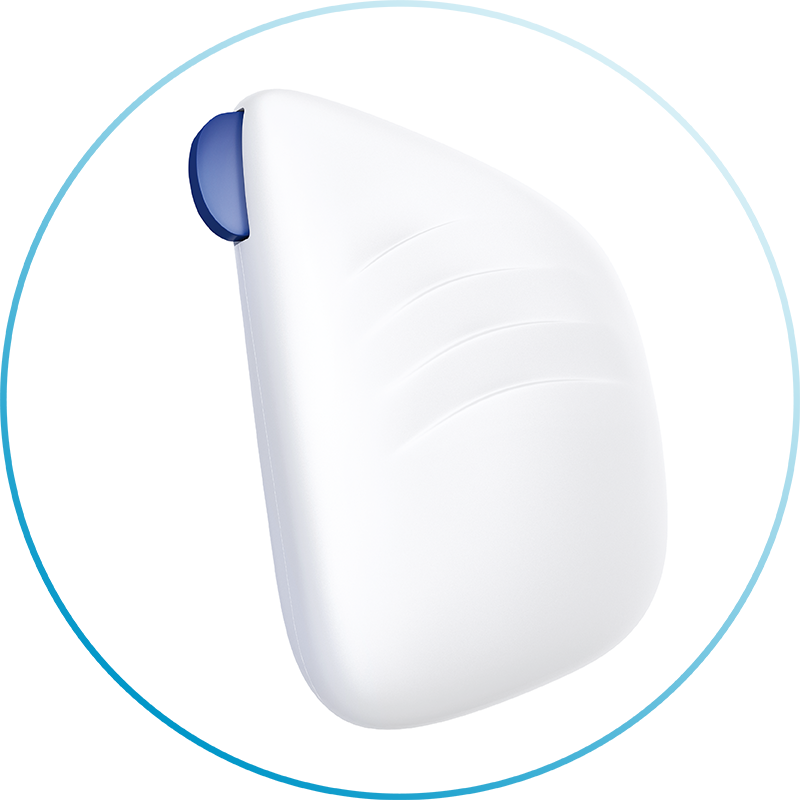
熱敷
熱敷眼睛都可以預防乾眼、緩解乾眼症引起的不適症狀。可用攝氏約40度熱包或熱毛巾,敷在眼睛上約10-20分鐘,每天至少1至2次,若有時間,一天可以做到4次。
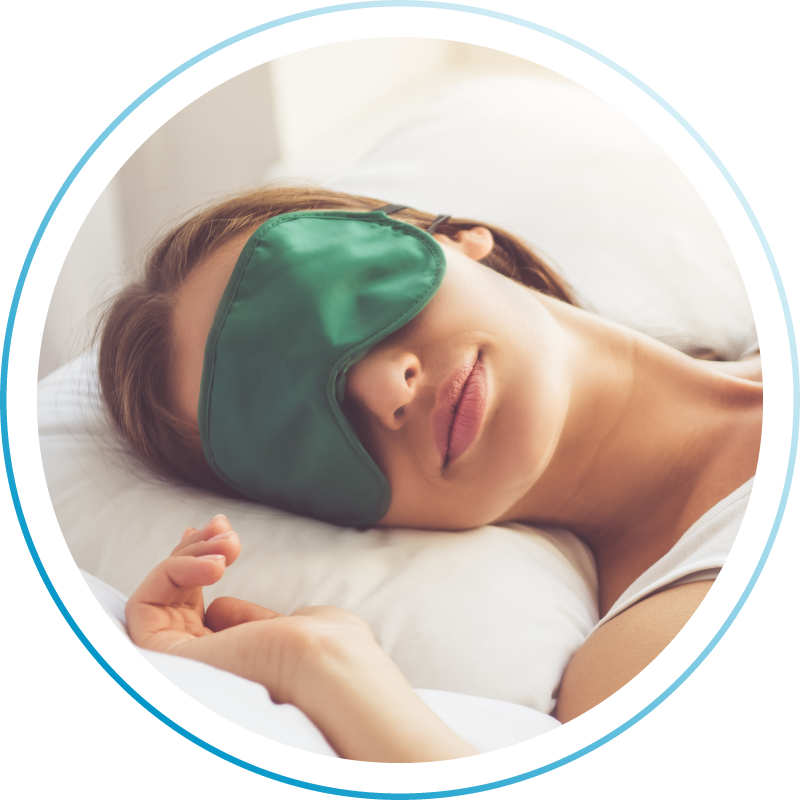
20:20:20法則
使用電子產品20分鐘後要休息20秒,望向20呎外景物,又可以合上眼睛讓淚水滋潤眼球表面。
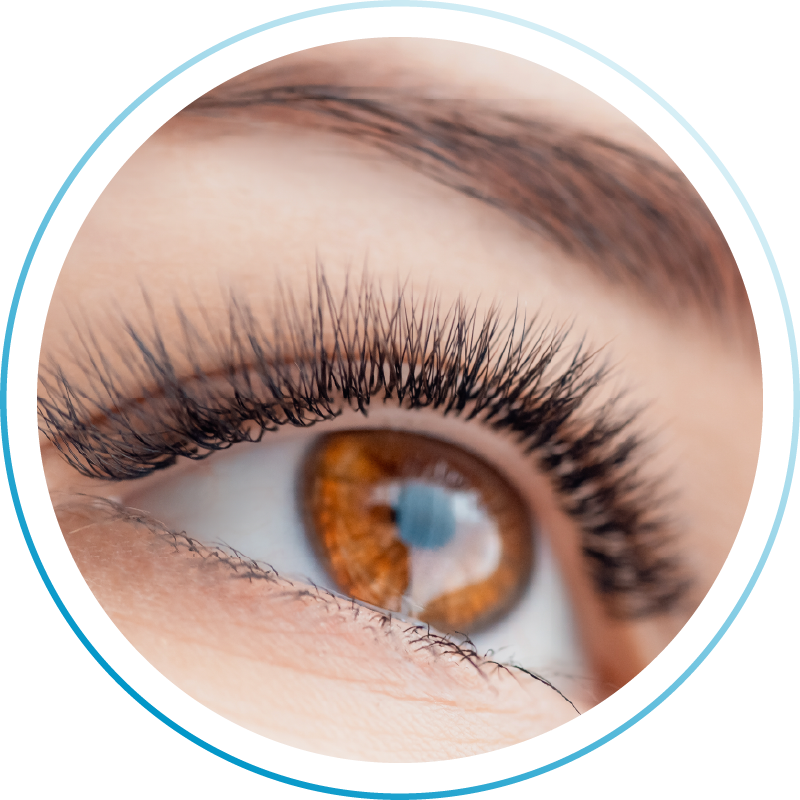

眼睫毛感染蟎蟲(眼皮炎)
蠕形蟎蟲常寄生於睫毛毛囊中,其產生的分泌物和排泄物會容易引發眼皮炎。任何年齡都有機會被感染,由其70歲以上人士,因為年長人士免疫系統較弱,易引發眼皮炎;蟎蟲可以透過化妝品傳染,所以常使用化妝品的女生受感染亦較高。一旦患上眼皮炎,會影響淚水質素改變,以致無法滋潤眼睛表面,導致乾眼症,產生分泌物多、眼紅、異物感等不適。
蟎蟲治療方法
♦ 茶樹油
採用稀釋茶樹油塗於眼皮,需要至少一個月時間的治療才確保殺死所有成蟲及蟲卵。不過要留意,茶樹油會刺激到眼睛,過量使用會令眼睛及周邊皮膚變乾。
♦ 彩光或紅光的激光療程(IPL)
可以深入毛孔將蟎蟲殺死,而且相對上比茶樹油較少副作用,算是新型治療方法。

乾眼症常見問題
如果患上乾眼症,應該避免進行哪些活動?
避免長時間使用電子產品及使用20:20:20法則:使用電子產品20分鐘後要休息20秒,望向20呎外景物,又可以合上眼睛讓淚水滋潤眼球表面。
如有佩戴隱形眼鏡,建議減少佩戴時間,例如回家後立刻除下。若症狀變得嚴重應向眼科醫生求診。
如何緩解乾眼症的不適?
- 當眼睛不適時,可以使用人工淚水(以不含防腐劑或適用於隱形眼鏡使用的配方) 作暫時緩解不適。
- 多眨眼睛,使淚水能均勻分佈並滋潤眼球表面。
- 熱敷眼睛都可以預防乾眼、緩解不適症狀。可用攝氏約40度熱包或熱毛巾,敷在眼睛上約10-20分鐘,每天至少1~2次,若有時間,一天可以做到4次。
可以自行治療乾眼症嗎?
人工淚水、多眨眼睛、熱敷眼睛都是緩解乾眼症狀,及避免角膜進一步傷害,並不能自行治療好乾眼症。若要治療乾眼症,應向眼科醫生尋找治療方式,如IPL 強脈衝光治療、有藥性眼藥水、淚管塞等。
乾眼症需要多長時間才能痊癒?會好嗎?
IPL 強脈衝光療程至少需3-4次才能最有效。乾眼症是慢性疾病,多需長期接受治療,並需要患者配合去改變生活習慣。
什麼是淚液分泌檢查(Schirmer's Test)?正常值是多少?
淚液分泌檢查是眼科常見的檢查方法,是針對淚液分泌過多所產生的病變來檢查的。
正常人五分鐘的淚水分泌量可達10mm以上;淚液測試蒐集五分鐘基礎淚液量少於5mm,表示患有乾眼症。



